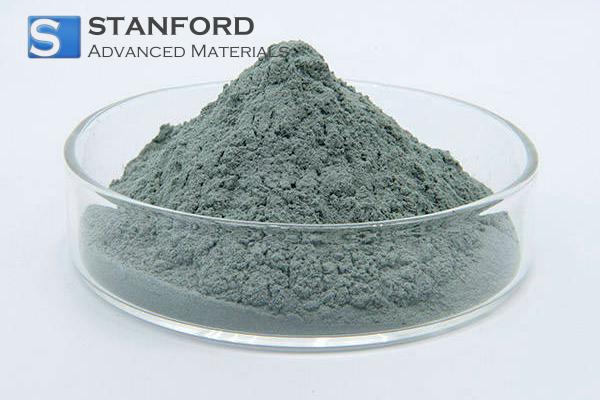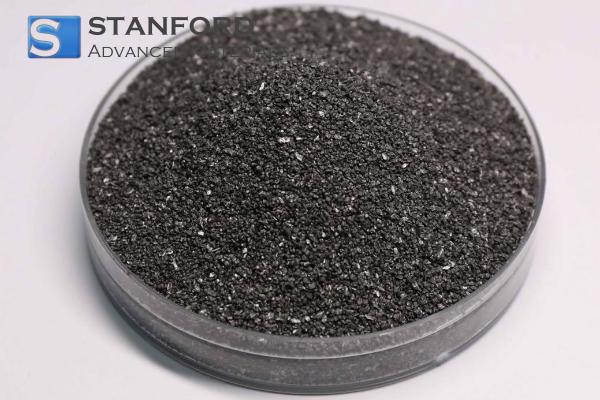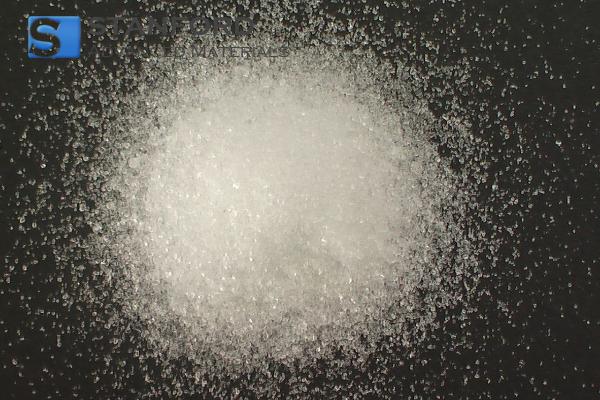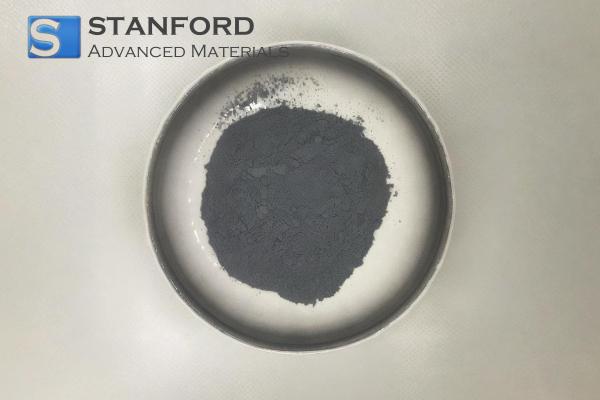Critical Temperature And Pressure For Common Materials
What is the Critical Temperature?
Definition and Significance
The critical temperature is a fundamental concept in chemistry and thermodynamics. It designates the highest temperature at which a substance can exist in a liquid state, irrespective of the applied pressure. Beyond this temperature, the kinetic energy of the molecules exceeds the intermolecular forces. Consequently, the substance is unable to condense into a liquid phase. This parameter is important for various industrial processes, for example in the design of chemical processing plants and in the study of phase transitions in materials science.
Critical Temperature vs. Boiling Point
Although both the critical temperature and the boiling point are associated with phase transitions, they represent distinct concepts. The boiling point of a substance is defined as the temperature at which its vapour pressure equals the external pressure, thereby enabling a transition from the liquid phase to the gaseous phase. In contrast, the critical temperature is the threshold above which the liquid phase is no longer achievable by pressure alone. Thus, a substance above its critical temperature exists solely as a supercritical fluid.
Factors Affecting the Critical Temperature
Molecular Size and Interactions
A substance’s critical temperature is determined by the size of its molecules and the strength of the intermolecular interactions. Larger molecules with stronger intermolecular forces, such as hydrogen bonding or dipole–dipole interactions, generally exhibit higher critical temperatures because a greater amount of energy is required to overcome these forces.
Pressure Influence
Pressure plays a key role in influencing the effective interactions between molecules. Under increased pressure, the molecules are forced closer together, which intensifies the intermolecular interactions and raises the critical temperature. Nonetheless, the critical temperature itself is defined without reference to pressure, representing the maximum temperature at which a liquid state can be maintained under any pressure.
Critical Temperatures and Pressures of Common Substances
The table below lists the critical temperatures and pressures of various commonly encountered substances, thereby illustrating the range of their thermal and pressure characteristics.
|
Substance |
Critical Temperature (°C) |
Critical Pressure (atm) |
|
Water |
374 |
218 |
|
Carbon Dioxide |
31 |
73 |
|
Methane |
-82 |
46 |
|
-147 |
34 |
|
|
Oxygen |
-118 |
49 |
|
Ethanol |
240 |
63 |
|
Ammonia |
132 |
112 |
|
Sulphur Dioxide |
157 |
78 |
|
Benzene |
289 |
48 |
|
Acetone |
235 |
47 |
Frequently Asked Questions
What happens to a substance above its critical temperature?
Above its critical temperature, a substance cannot be liquefied by pressure alone. It exists as a supercritical fluid that exhibits properties of both liquids and gases.
How is the critical temperature measured?
The critical temperature is determined experimentally. The temperature of a substance is gradually increased under controlled pressure until the liquid and gaseous phases become indistinguishable.
Why is the critical temperature important for industrial applications?
The value of a substance’s critical temperature is used to inform the design of equipment and the planning of processes involving phase transitions, such as the extraction of supercritical fluids and the operation of high-pressure reactors.
Can the critical temperature be altered by changing the molecular structure?
Yes, modifying the molecular structure, for example by adjusting functional groups or chain lengths, affects the strength of the intermolecular forces and accordingly alters the critical temperature.
Is there a relationship between critical temperature and critical density?
Yes, critical density is defined as the density of a substance at its critical temperature and pressure, and it provides insight into the behaviour of the liquid near the critical point.

 Bars
Bars
 Beads & Spheres
Beads & Spheres
 Bolts & Nuts
Bolts & Nuts
 Crucibles
Crucibles
 Discs
Discs
 Fibers & Fabrics
Fibers & Fabrics
 Films
Films
 Flake
Flake
 Foams
Foams
 Foil
Foil
 Granules
Granules
 Honeycombs
Honeycombs
 Ink
Ink
 Laminate
Laminate
 Lumps
Lumps
 Meshes
Meshes
 Metallised Film
Metallised Film
 Plate
Plate
 Powders
Powders
 Rod
Rod
 Sheets
Sheets
 Single Crystals
Single Crystals
 Sputtering Target
Sputtering Target
 Tubes
Tubes
 Washer
Washer
 Wires
Wires
 Converters & Calculators
Converters & Calculators
 Write for Us
Write for Us





 Chin Trento
Chin Trento



